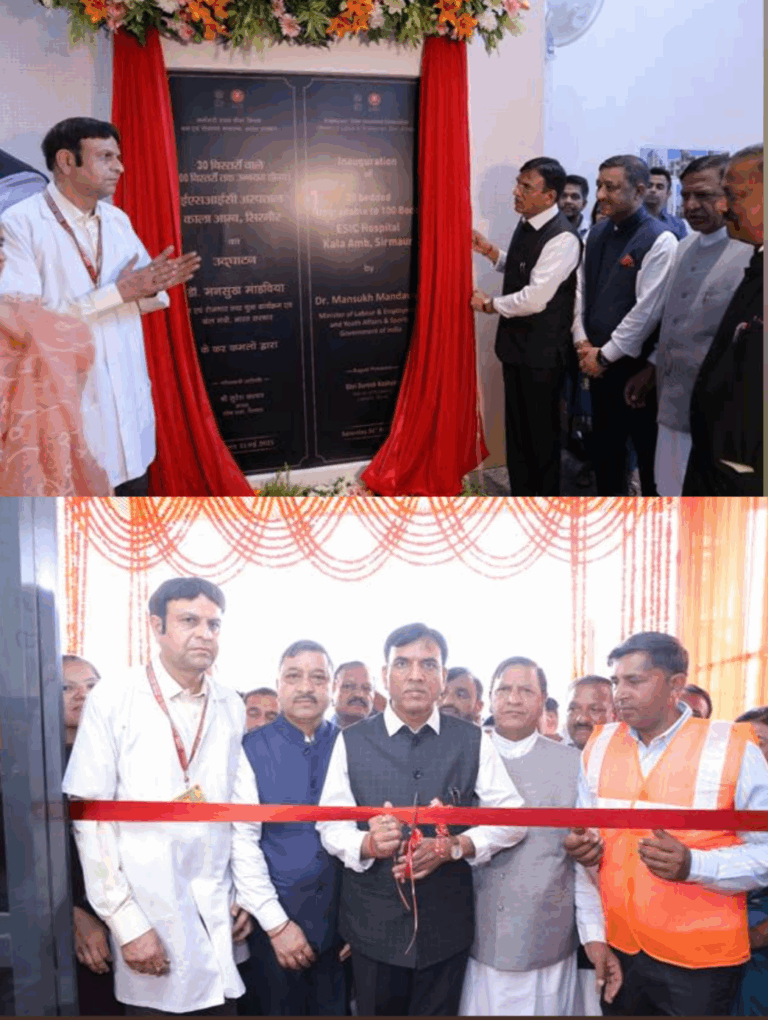Prashnavachak News
“Swachhata is not a one-time goal but a continuous journey,” stated Union Minister of Jal Shakti, Shri C R Patil, as he launched Swachh Survekshan Grameen (SSG) 2025 in New Delhi. This ambitious nationwide survey, led by the Department of Drinking Water and Sanitation (DDWS), aims to assess and strengthen rural sanitation outcomes under the Swachh Bharat Mission Grameen Phase-II (SBM-G). Spanning 21,000 villages across 761 districts in 34 States and Union Territories, SSG 2025 will evaluate both the reach and impact of rural sanitation programs, with a particular focus on sustaining the ODF Plus Model. Speaking at the launch, Shri Patil emphasized the principle of “measuring to manage” as key to the success of flagship government missions. He called on all States and Union Territories to actively share innovations and best practices, while reaffirming the importance of people-led sanitation efforts powered by Jan Bhagidari (citizen participation). The event also featured the release of the Assessment Framework for SSG 2025 and the third edition of Swachhata Chronicles, a compendium of state-level best practices.

Minister of State for Jal Shakti and Railways, Shri V. Somanna, highlighted that SSG is not just a survey, but a national validation mechanism to rank States and districts based on their rural sanitation performance. “Our villages are the soul of India,” he noted, urging all stakeholders to work towards making the ODF Plus Model a visible and sustainable reality in every village. SSG 2025 will use a structured, technology-driven approach to rank States and districts based on four major components: Service-Level Progress (SLP) drawn from self-assessment reports and verified ODF Plus villages; direct observation of sanitation status in villages, public spaces, and institutions like schools and CSCs; evaluation of infrastructure functionality, such as Plastic Waste Management Units (PWMUs), Faecal Sludge Management (FSM) systems, and GOBARdhan plants; and citizen feedback collected via a mobile app and field surveys. A geo-fencing feature has also been integrated to ensure transparency and data integrity. Secretary, DDWS, Shri Ashok KK Meena, stressed the importance of real-time data entry through IMIS, mobilization of local networks like District Training Management Units and Swachhagrahis, and the deployment of trained staff at all levels to ensure successful execution. An independent agency will carry out the survey using rigorous methodology aligned with SBM-G Phase II guidelines. Swachh Survekshan Grameen 2025 marks a significant milestone in India’s rural sanitation journey. By combining data, community participation, and innovation, this survey seeks to reinforce India’s commitment to clean, healthy, and sustainable villages, accelerating the nation’s progress toward a truly Swachh Bharat and the vision of a Viksit Bharat.












